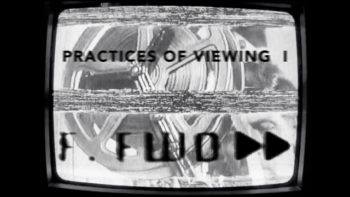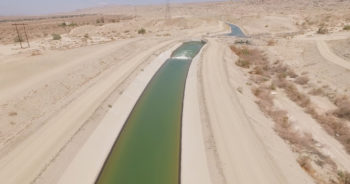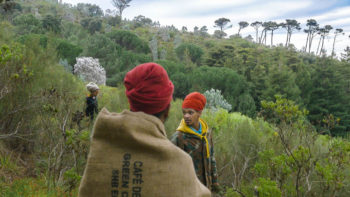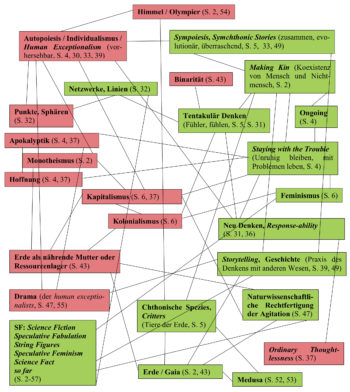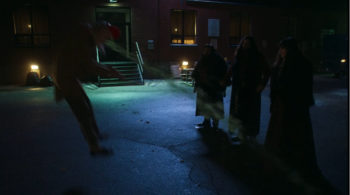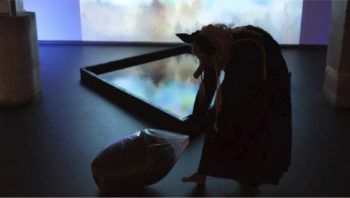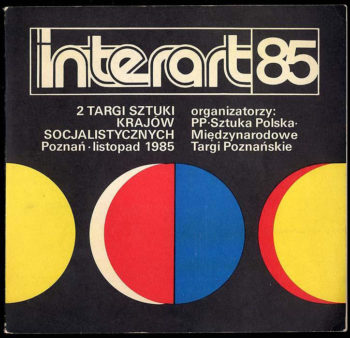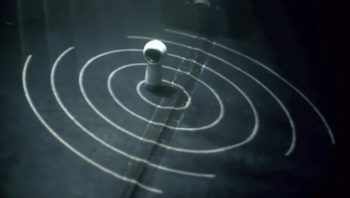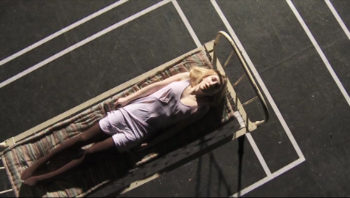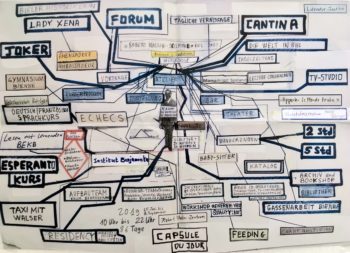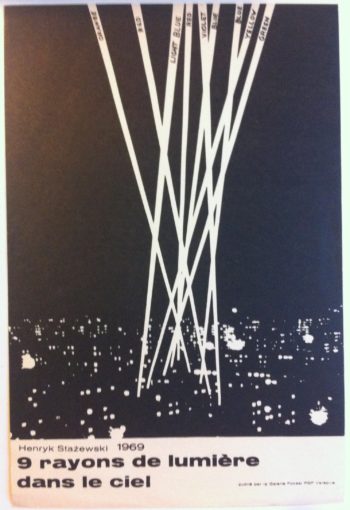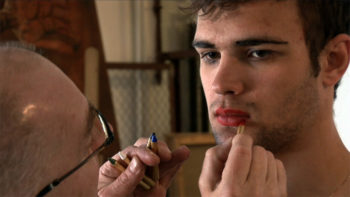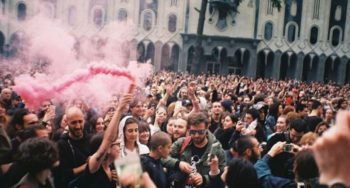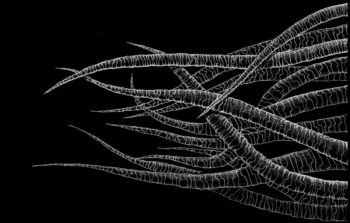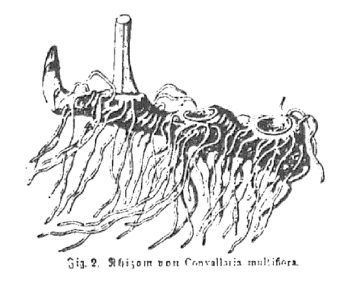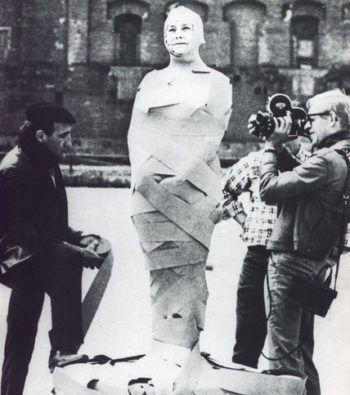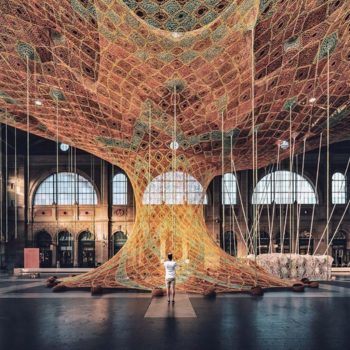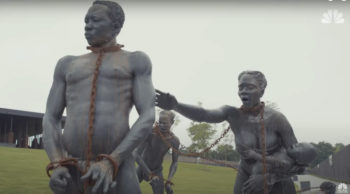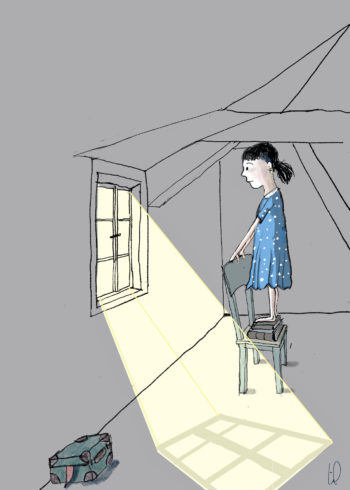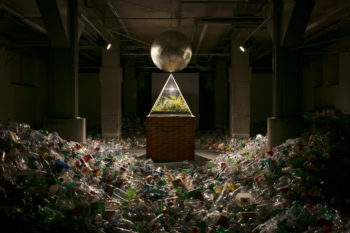Interart - artistic phenomena, performative strategies, and hybrid forms located at the interface of art and science, artistic and institutional activity, artistic process, and social life. They are characterized by intensive interdisciplinarity, interdiscursivity and interculturality and thus have a high theoretical potential. Interart refers to the relationship between the arts, as well as to media and aesthetic relationships between the discourses of (art) history, (art) theory and artistic practice.
Experimental art contributes to the establishment of these hybrid forms, whose significant characteristic is the affinity to repetition strategies, self-archiving processes, to the exploration of the human body as art material and at the same time to its overcoming with new technologies. Transmedial and processual Interart phenomena go beyond the boundaries of genres and art fields, so that the dividing line between artistic objects and aesthetic theories can hardly be drawn. Even the theories established with correspondingly defined individual arts undergo a radical transformation in Interart practices.
With regard to Interart phenomena, the following questions can be formulated: To what degree is artistic practice an epistemological process? In what way does it respond to the knowledge that has emerged in the fields of science, technology, politics, religion? In what way does it take this knowledge, integrate it and transform it into a language of art? Does a work of art itself formulate its own mode of interpretation?
Interart is a method of decoding and deciphering art itself. Interart thus reveals new research perspectives that go beyond the category of intermediality (Intermediality is so 90'!). Interart is not about the analysis of the mutual relations between the media, but about mediation processes themselves, about how artistic action functions in the multi-discursive (philosophical, aesthetic, social, political, religious, etc.) context. Interart ultimately moves not only between the media, but above all inter artes - between free (artes liberales) and practical arts (artes mechanicae).
Interart practices are often characterized by the remedialization of matter, a performative appropriation of storage techniques and formats that enables a critical examination of archiving processes. And it is precisely here – in the tensions between matter, technology and form as well as through the shifting of the senses in the transformation of matter – that the space opens up for Interart.
Interart also questions the binary opposition between “human” and “nonhuman” exploring rather their intertwinements, interrelations and intersections than differences. Treating the subject as already situated in hybrid constellations of natural, animal, technological and (other) discursive factors interart allows to rethink new modes of being-together as a community of experimental, multiple subjects which open a possibility of new ethical and political questions.
Interart phenomena as forms of transgression reveal art as something that is often mediated, highly self-reflexive and at the same time fragmentary, which is easily subject to processes of transformation, re-staging and deformation. They also show that art itself is a decentralized and performative archive.

